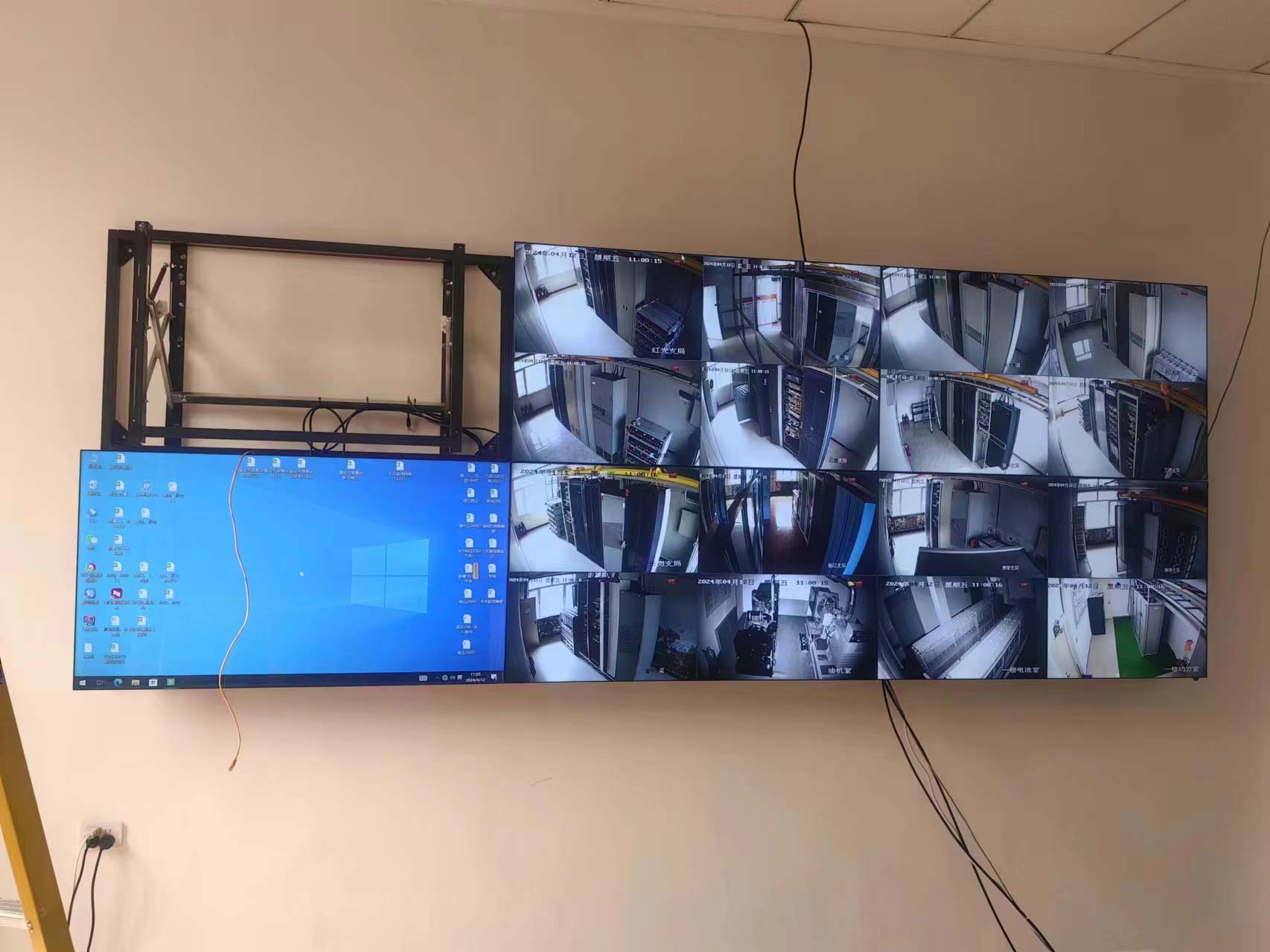Should I choose LCD splicing screen or LED display for indoor large screen?
In the current large-screen display market, LCD splicing screens and LEDs are the most popular. As a relatively important display device in the large-screen display industry, whether it is an LCD splicing screen or a small-pitch LED display, some people use it outdoors and indoors. So which of the two large-screen display products is more suitable in an indoor environment?
From the perspective of display color, the LCD splicing screen has richer colors and more brilliant picture quality. The LCD panel used can produce more obvious color changes; while the LED display screen uses a combination of red, green and blue three primary colors, which is displayed through the bright changes of the three primary colors. different color. This is the reason why small-pitch LEDs can intelligently display images with large color changes and bright colors. Because the color changes are not obvious, small-pitch LEDs will cause a difference that prevents the color from being clearly displayed. This highlights the advantages of LCD splicing screens.
From the perspective of display clarity, it is well known that the LCD splicing screen has an ultra-high-definition display effect, the resolution can reach 1920*1080, and it can produce clear images regardless of the viewing distance; and the LED display screen is composed of two LED lamp beads. There are large gaps between the lamp beads. If you want to watch clear image content, you need to keep a distance of 6 to 14 meters from the screen. Otherwise, there will be an obvious grainy feeling when watching at a close distance. This requires considering the viewing distance. . This is also one of the reasons why LCD splicing screens are commonly used indoors. Of course, if the room is large enough, you can also choose an LED display.
From the perspective of input signal processing capabilities, LCD splicing screens have rich interfaces. No matter what type of signals the user needs to display, ld splicing screens can perfectly integrate the display; but LED displays have stricter requirements for input signals, otherwise it will Causes signal problems resulting in poor display imaging.
From the perspective of post-maintenance, the LCD splicing screens currently on the market basically use LCD panels from LG and BOE. After long-term market testing, the brand's panels have higher stability and longer service life, and in the later stage The use process and maintenance are relatively simple, and there are almost no after-sales problems; however, problems with the LED display are more cumbersome and need to be investigated in sequence, making the project more cumbersome.
To sum up, we have a brief analysis of the issue of choosing LCD splicing screen or LED display indoor. From the above points, LCD splicing screens are more suitable for indoor environments. But it also needs to be combined with your own actual scenarios and usage needs. If the indoor environment is large, such as train stations, docks, airports, etc., you can also consider it.

